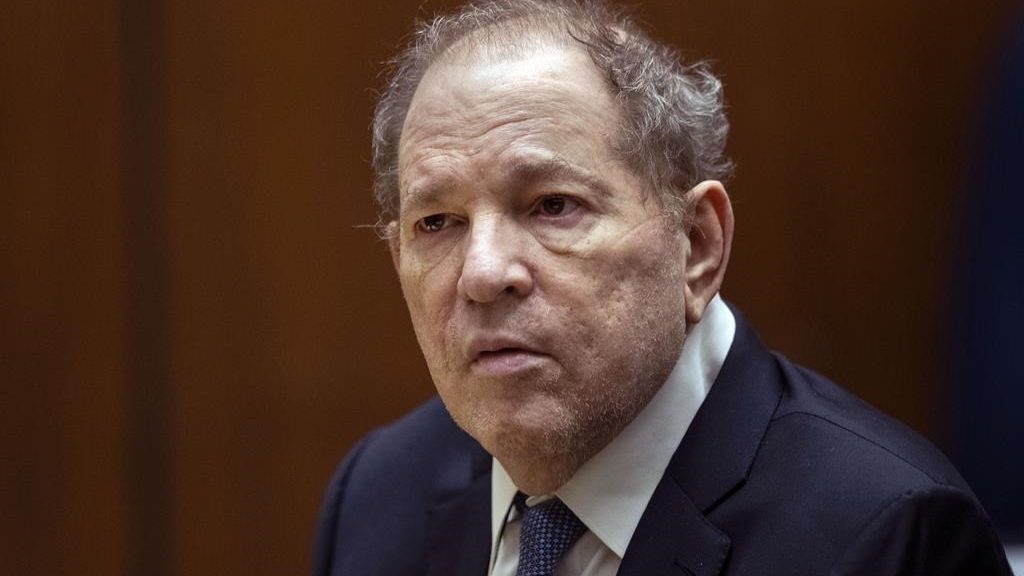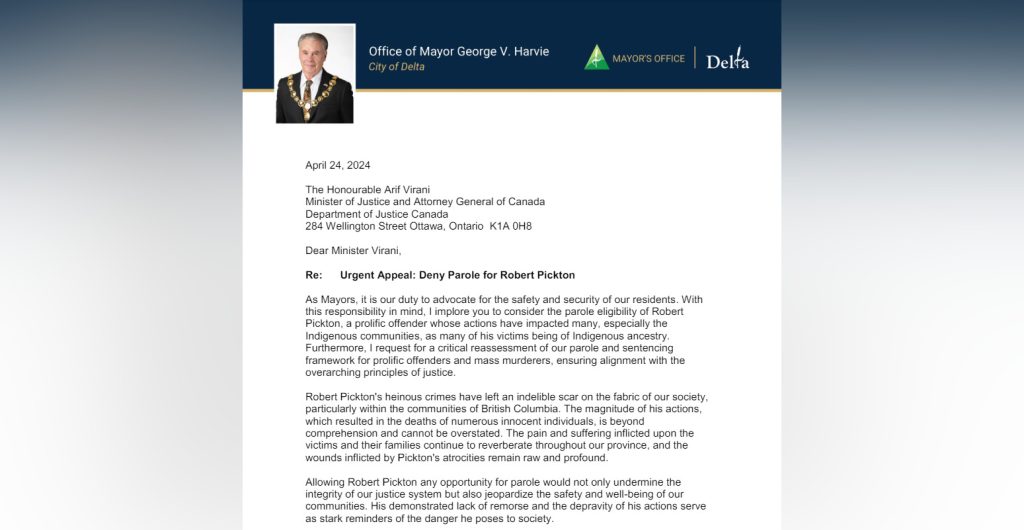Geena Davis hopeful for more gender equality for women in film and TV
Posted October 3, 2012 4:14 pm.
This article is more than 5 years old.
TORONTO – Oscar winner Geena Davis recalls being on the set of the 1999 film “Stuart Little” and watching the assistant director assign young male extras to operate remote-controlled boats for a scene in Central Park.
“I noticed what he was doing and I said, ‘Do you think we could maybe give half of the remotes to girls?’ and his reaction was, ‘Uh, yes, yes,'” Davis, 56, said Wednesday after her keynote address to the Canadian Women’s Foundation Toronto Breakfast.
“He just was so angry that he hadn’t thought of it himself. But see, nobody does. If you’re not very conscious of it, the default will be boys. So he went and switched them all.”
The lack of awareness about gender inequality in film and TV is why the ratio of male to female onscreen characters has been the same since 1946, said the founder of the Geena Davis Institute on Gender in Media.
But through education, she’s hopeful the situation will change, noting film and TV creators are in “utter shock” when she tells them how few female faces are in entertainment projects.
“They just don’t realize how many female characters they’re leaving out, that they’re not populating the worlds they create with a female presence,” Davis, the 1989 best-actress Oscar winner for “The Accidental Tourist,” said in an interview.
“So I think that’s very encouraging and their reaction has been very encouraging, because they always say something about, ‘We’re going to look at our projects, we’re going to make some changes.’ We’ve had people tell us directly about films that they’ve added female characters to because of what they’ve heard.
“So I’m hopeful that we’ll be able to measure some change within five years.”
Davis, a Massachusetts native and member of the genius society Mensa, cited some sobering statistics to the breakfast crowd of about 900 at the Metro Toronto Convention Centre. The Canadian Women’s Foundation event was to raise funds for programs that help women in this country move out of poverty.
In all films, said Davis, the number of female characters in crowd and group scenes is just 17 per cent.
And in family features, “for every one female character there are three male characters. And of the female characters that did exist, the majority were highly narrowly stereotyped or hyper-sexualized,” she noted, citing a 20-year study by her institute.
“Get this: in G-rated animated movies, the female characters wear the same amount of sexually revealing clothing as the female characters in R-rated movies.”
Davis also noted that “one of the most common occupations for female characters in G-rated movies was royalty, which is a nice gig, if you can get it.”
She also cited a comprehensive study of the careers of female characters in popular film and TV, which found that in family features, 81 per cent of the jobs were held by men.
Davis said she’s made it a point to choose characters who are in charge of their own fate ever since she starred in the 1991 heroine road movie “Thelma and Louise,” which got her an Oscar nomination and had many fans telling how empowering it was.
Since then her roles have included a baseball player (in the film “A League of Their Own”) and the first female president of the United States (in the TV series “Commander in Chief,” for which she won a Golden Globe).
Davis acknowledged that not everyone has the luxury of waiting for the “really great parts for women,” which “are … so few and far between.”
“But once you’re cast in something you actually have power to affect the movie in very gentle and non-confrontational ways,” she said.
“Like let’s say you’re going to do a scene the next day where you’re giving a speech and there’s a crowd. You could say, ‘Hey, could you make sure that the crowd is half female?’ And they’ll say, ‘Of course, why not?’ You could say, ‘Hey, wouldn’t it be interesting if my boss was a woman, or can half of my gang that I’m in be women?’
“And this applies to male and female actors. It’s a simple thing to do that usually gets responded to very well and it doesn’t make you confrontational.”
Davis founded her institute about six years ago after watching TV with her young daughter and realizing how underrepresented female characters were in children’s programming.
Now an advocate on behalf of her groups and others, including UN Women, the mother of three said she thinks entertainment media needs to feature more female characters in leadership positions.
But her main message isn’t to “make more movies starring a woman,” since “they do believe in Hollywood that it’s risky to make movies starring a woman, because what if the men don’t want to go?”
“However many successful movies come out that are starring women, they’re still very hesitant to let that have any momentum,” continued Davis.
“But when I say, ‘Can we add women to the world of the movie, secondary and tertiary characters in crowds and all that, their reaction is, ‘Why not? Yes, we just didn’t think of it, it didn’t occur to us.'”
Davis said some people have commented that she should try to make her own film that’s gender-balanced.
But she doesn’t feel that’s the solution.
“I’m like, ‘OK, so why don’t I spend four years of my life trying to get something made and produced and released in the right way and it will have no impact?'” she said.
“Just one movie doesn’t have any impact. The way I’m doing it will have the most impact.”










